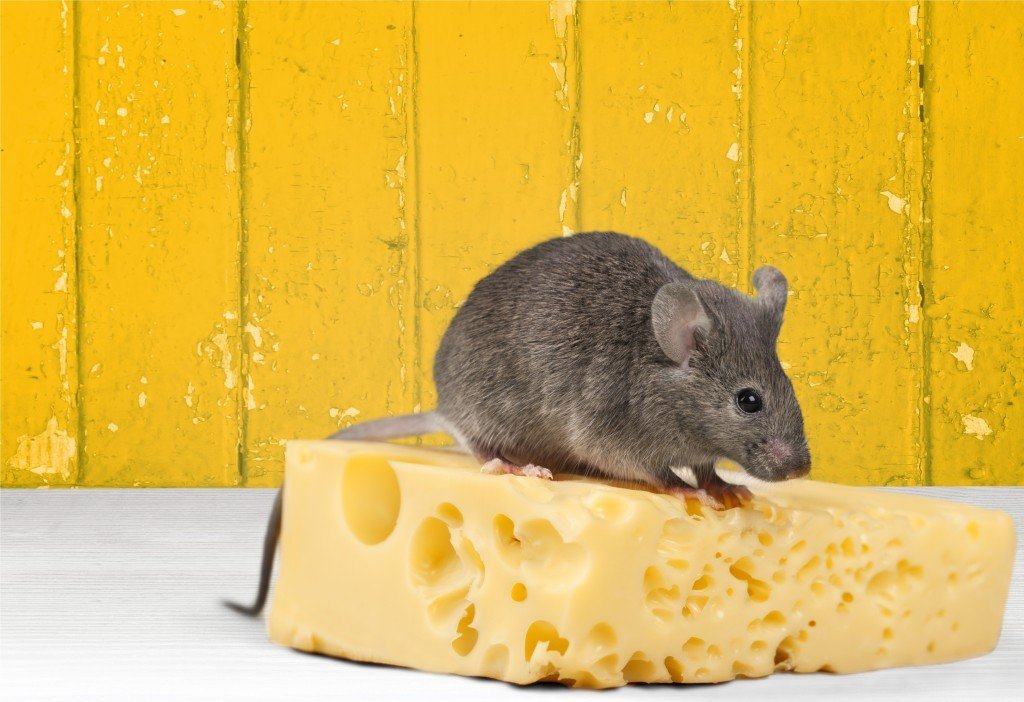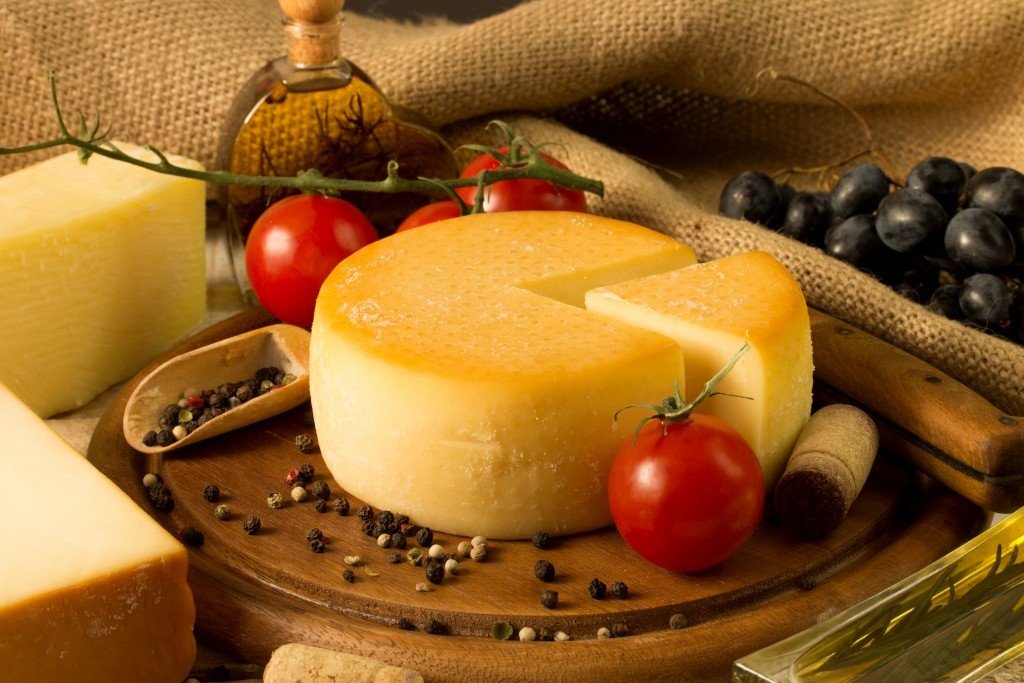Have you ever noticed how in cartoons, all the round wheels of cheese
have holes in them? These holes are much less pronounced in real life,
but they are still there, and remain an essential and distinctive
attraction of those beloved foods. In the world of cheese, these holes
are known as “eyes”, and a wheel or a block of cheese will have lots of
them.
To start with, what creates these eyes?
Mice who nibble away at it, bit by bit, perhaps? Well, as cute as that
might be to imagine, that’s not the case. Firstly, cheese-making is held
to an extremely high standard, so it’s almost unheard of to have mice
or pests in the vicinity. The real reason for having holes is a little
less furry and a bit more scientific.
Why are Cheese Wheels Round?
However, let’s first take a look at why
cheese is made in the way it is. The round, barrel-shaped, spheroidal
lump is called a ‘truckle’ of cheese, derived from the Latin word trochlea,
meaning “wheel”. Their sizes range from small wax-coated ones that you
find in the supermarket to giant, handmade ones that weigh over 20
kilograms. Round shapes are also sturdier than rectangular molds, as the
latter are prone to chip away at the edges. With a truckle or a cheese
wheel, you have a solid lump of cheese that doesn’t break away during
transport or storage!
The round shape also helps in the
formation of cheese, as most of the bacteria present in the cheese
breaks down the edges as it ripens. This creates a hard, outer edge
known as the ‘rind’. The rind adds flavor to the cheese wheel, while
also protecting it from bugs and insects, which was quite useful in the
time before refrigerators (Yes, they loved cheese back then too). A
cylindrical chunk of cheese will have a more consistent rind, as there
are less corners where over-ripening could turn it into an overly salty
disaster. That’s why you can roll cheese down from the top of a hill –
because cheese-makers have perfected the science behind its shape!
Yes, but what about the holes?
Cheese is made by adding different
strains of bacteria to milk and letting it ferment over time. The excess
liquid is removed, so what you’re left with is a soft, solid mush that
is then salted and stored. After a while, cheese, as we know it, is
formed. In Swiss cheese, the eyes are formed due to the release of
carbon dioxide from special strains of bacteria, including Streptococcus, Lactobacillus and P. freudenreichii shermani.
The bacteria consumes the lactic acid found in milk and releases
tiny bubbles of CO2, which form gradually growing air pockets, resulting
in the holes you see in Swiss cheese. This fermentation process also
creates the sweet and nutty flavor of cheese that we love. Controlling
the size of the holes is also possible; cheese-makers do this by
increasing or decreasing the acidity of the cheese. The more acidity,
the larger the holes!
Aren’t Bacteria Harmful?
Well, not all of them. P. shermani
is one example of bacteria that is actually quite beneficial to us, as
it is thought to cleanse the gastrointestinal tract. It is also thought
to decrease the risk of colon cancer. You heard it here first, folks…
eating some types of bacteria can make you healthier!
So there you have it. At the end of the
day, it’s the very same bacteria that creates the flavors in our cheese
that also cause those distinctive holes. This bacteria has branded Swiss
cheese as a legendary variety throughout the world, and has given it a
very distinctive identity.
Cheese-making was likely discovered at
some point around 5000 BC, when ancient humans began storing milk in
bags made of animal stomachs, thus fermenting it with bacteria. The same
basic process used thousands of years ago in the Copper Age is still
used today, which stands as a testament to our everlasting love for
cheese… and edible bacteria!





Minds For New Inventions: Why Does Swiss Cheese Have Holes In It? >>>>> Download Now
ReplyDelete>>>>> Download Full
Minds For New Inventions: Why Does Swiss Cheese Have Holes In It? >>>>> Download LINK
>>>>> Download Now
Minds For New Inventions: Why Does Swiss Cheese Have Holes In It? >>>>> Download Full
>>>>> Download LINK Do